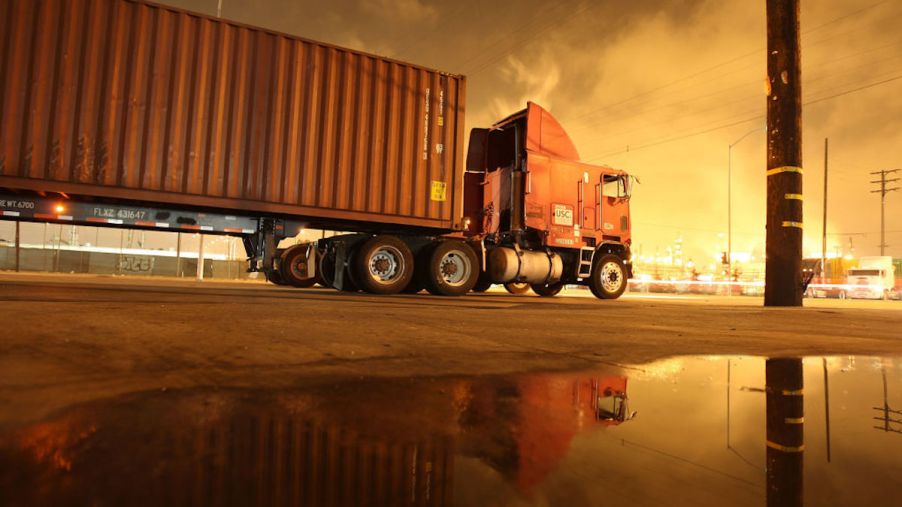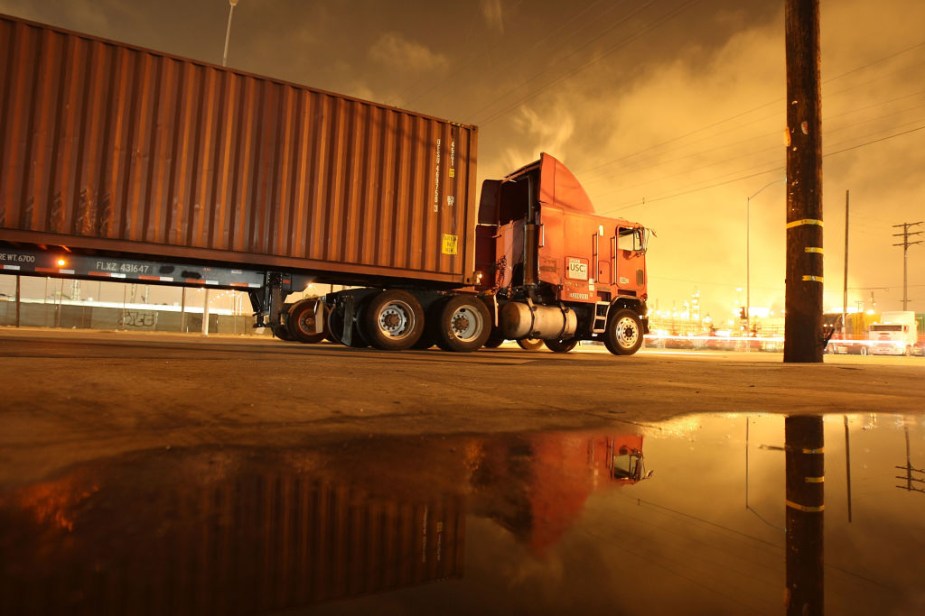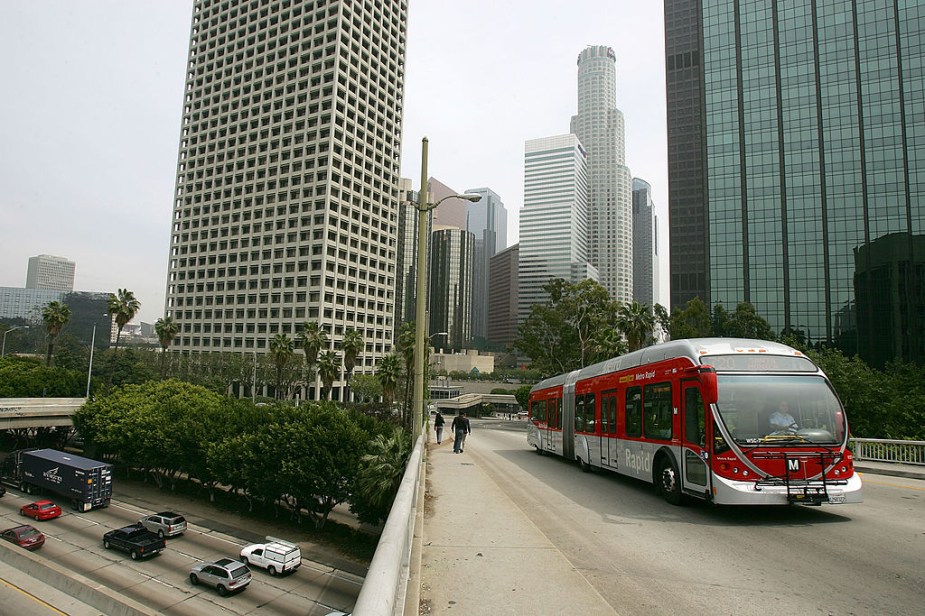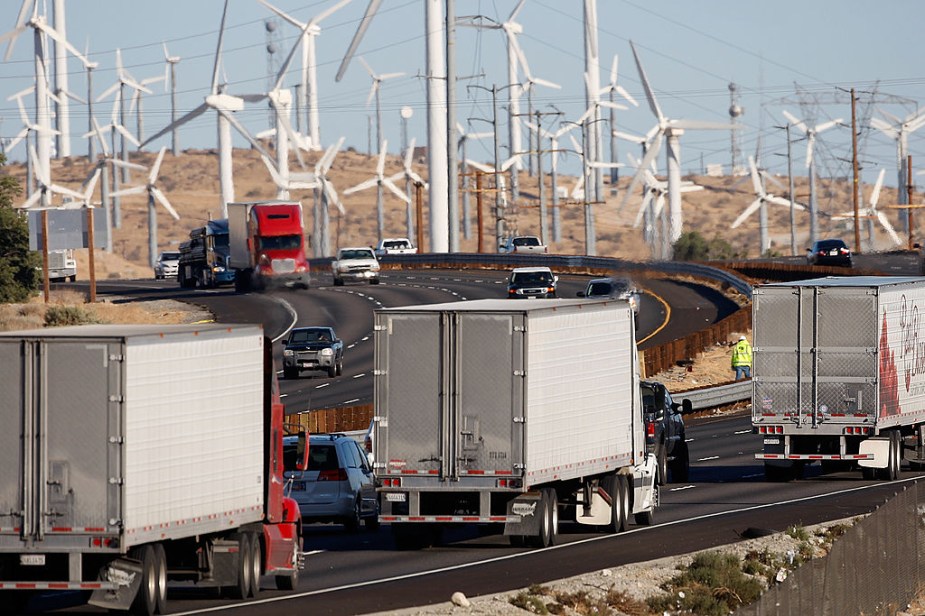
Own a 2010 or Older Big Rig or Bus In California? It’s Now Banned
Almost 15 years ago, California’s Air Resources Board, known as “CARB”, passed a set of clean air regulations with assigned dates for implementation. Of those emissions rulings, the last to go into effect hits the trucking and bus industry the hardest, going into effect on January 1, 2023. It bans large trucks and buses built before 2010 from California roads.
How many trucks are banned?

At the end of December 2022, CARB estimated that there are 200,000 trucks and busses that it applies to. These are 14,000 lb and heavier vehicles that can no longer be driven in California. It estimates that number represents 10% of commercial vehicles currently registered in the state. In total, big rig trucks amount to six percent of the total amount of vehicles in California.
But that six percent is estimated to emit about half of all mobile source emissions. So that was CARB’s motivation when the ruling was first stated back in 2008. There are some exceptions, but they still represent a hardship for many big rig owners.
Are there exceptions to the truck ban?

One of those exemptions is for the older trucks that have engines replaced with newer units made after 2010. Another is for vehicles that see less than 1,000 miles per year of use. But rather than taking a good faith attitude, CARB is also initiating a compliance enforcement unit.
These compliance units will be tasked with auditing fleets and conducting random inspections. Those found not to be in compliance will be fined. And it has teamed up with the Environmental Protection Agency to handle trucks entering California from neighboring states. So enforcement is being stepped up and multi-pronged.
As one would expect, there has been plenty of pushback over the ban. Joe Rajkovacz, who heads the Western States Trucking Association, told KCRA3 that the combined pandemic and supply chain issues make it impossible to make this transformation. He says that with used replacement trucks in short supply as a result, affected truck operators would have to buy every used truck on the market in the U.S. to comply, which is impossible.
What does the truck lobby have to say?

“We as an association are seeing members drop because of this rule,” Rajkovacz said. “They’ve simply decided they’re not going to go out and spend $150,000 dollars on a truck that could lead them to bankruptcy.
“Many of us would have thought the consequences of California’s goods movements could be severe. You can’t take that big of a percentage of the vehicles off the road. But with the slowdown in the economy, it remains to be seen what the impact will be.”
Truckers have been faced with ever-increasing regulations leading up to this ban. But they have also known since 2008 that this date was imminent. Now we’ll wait and see how it will affect the economy in California as we start 2023.



